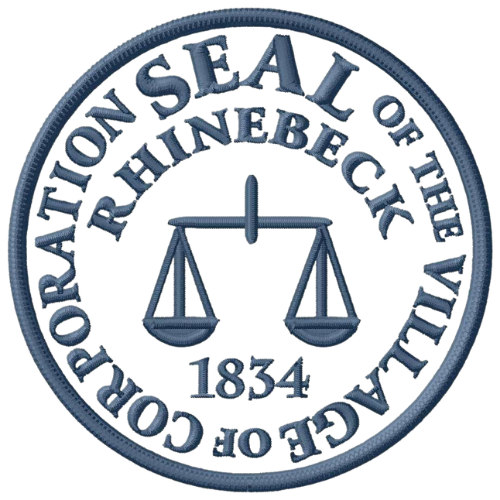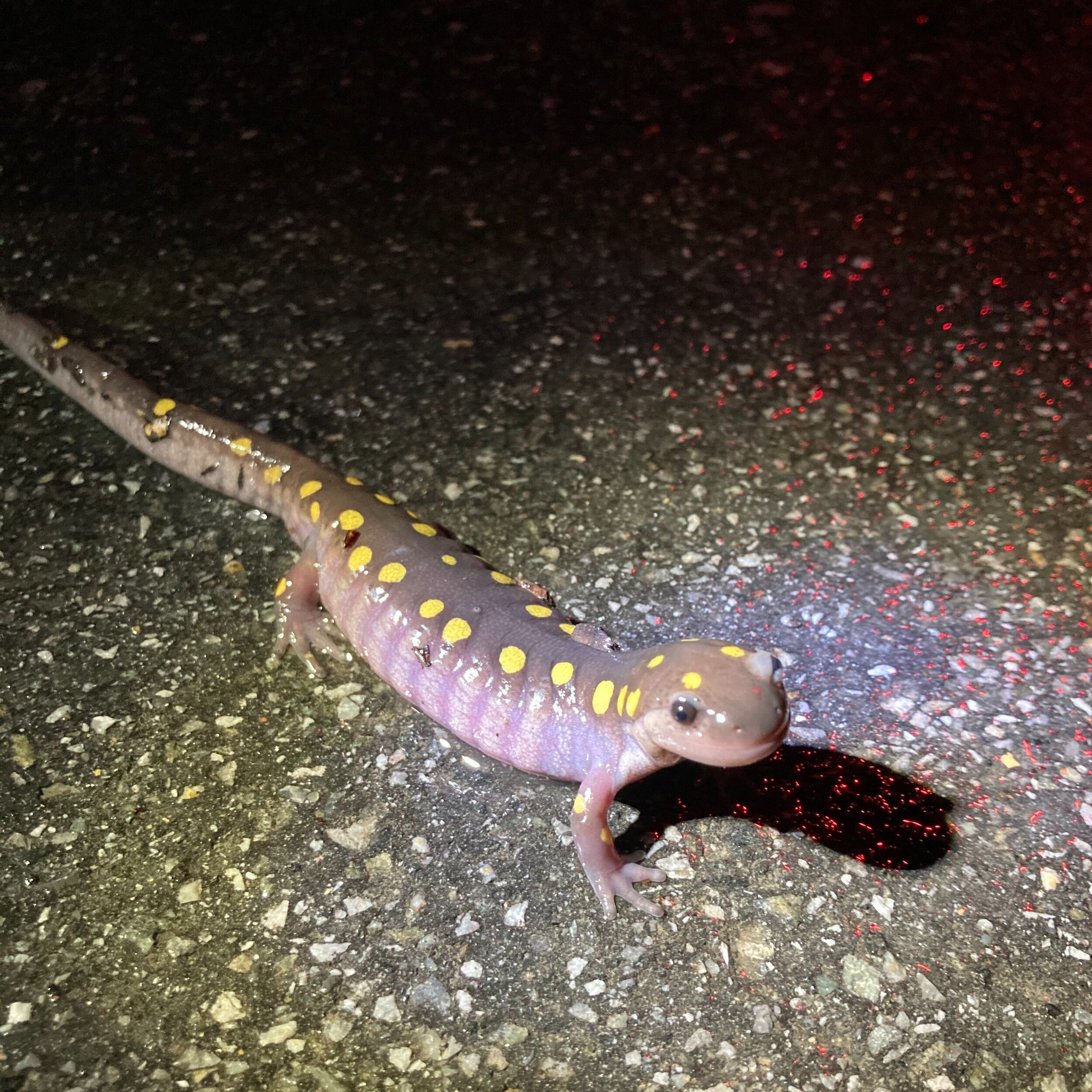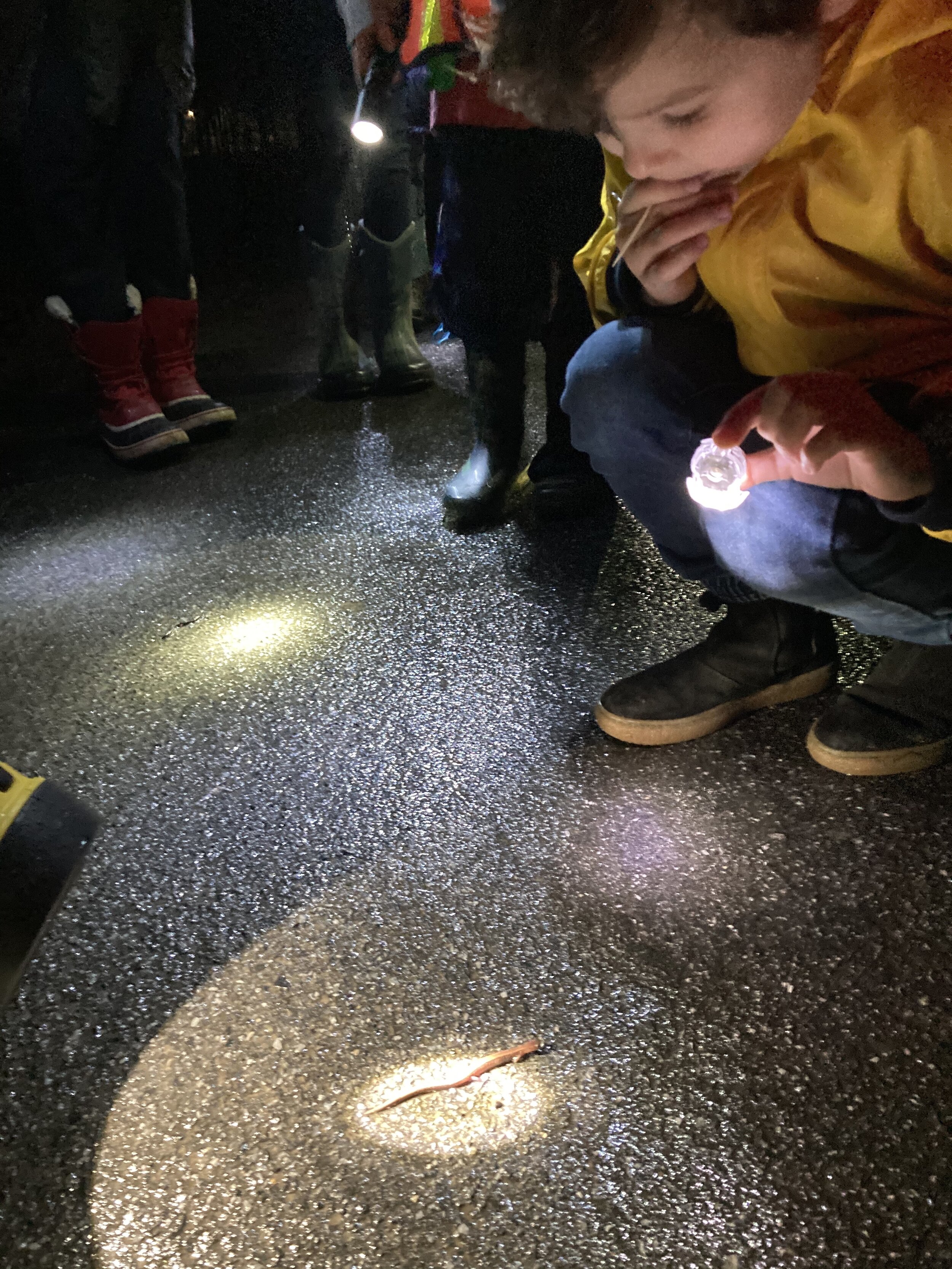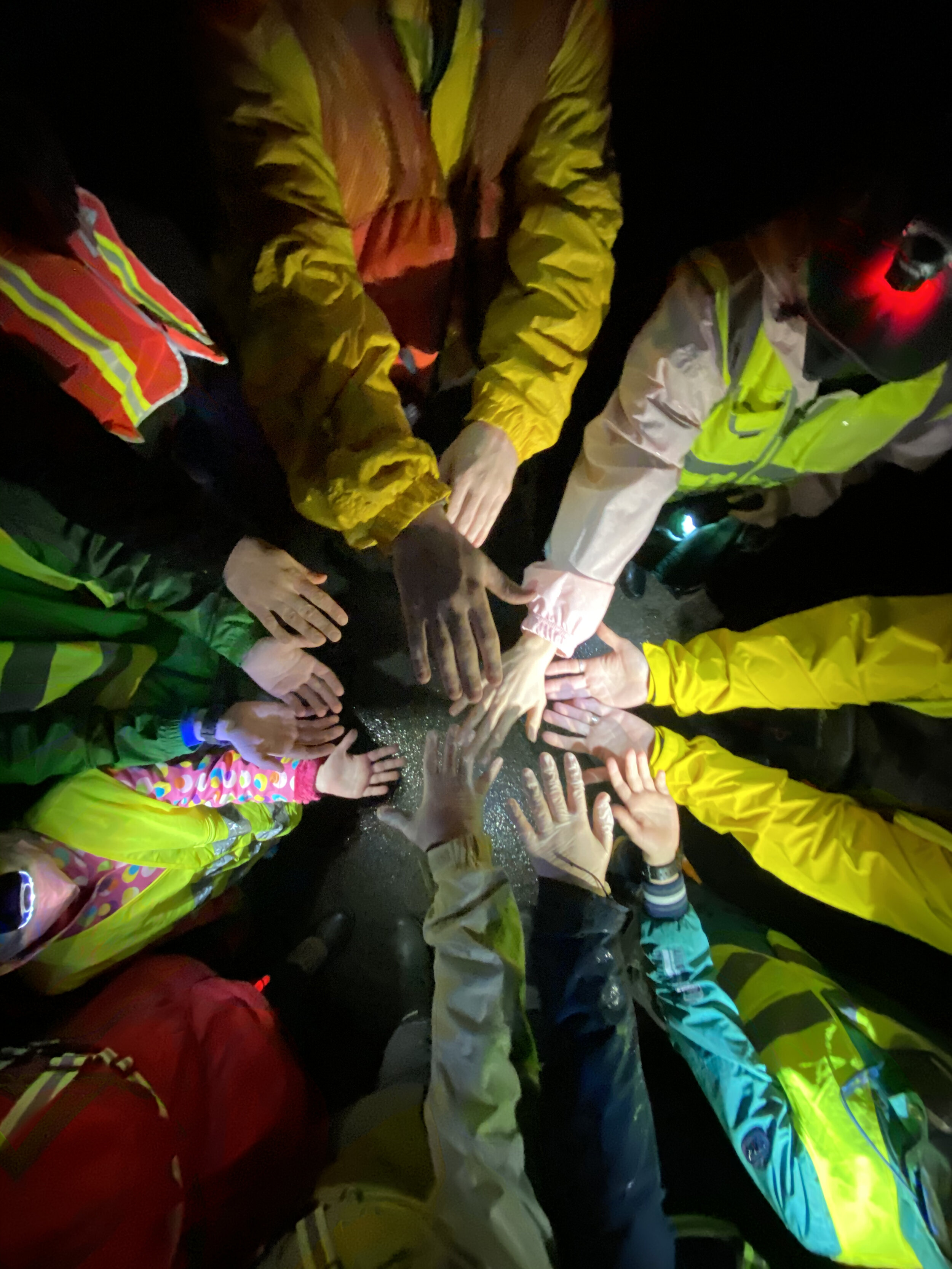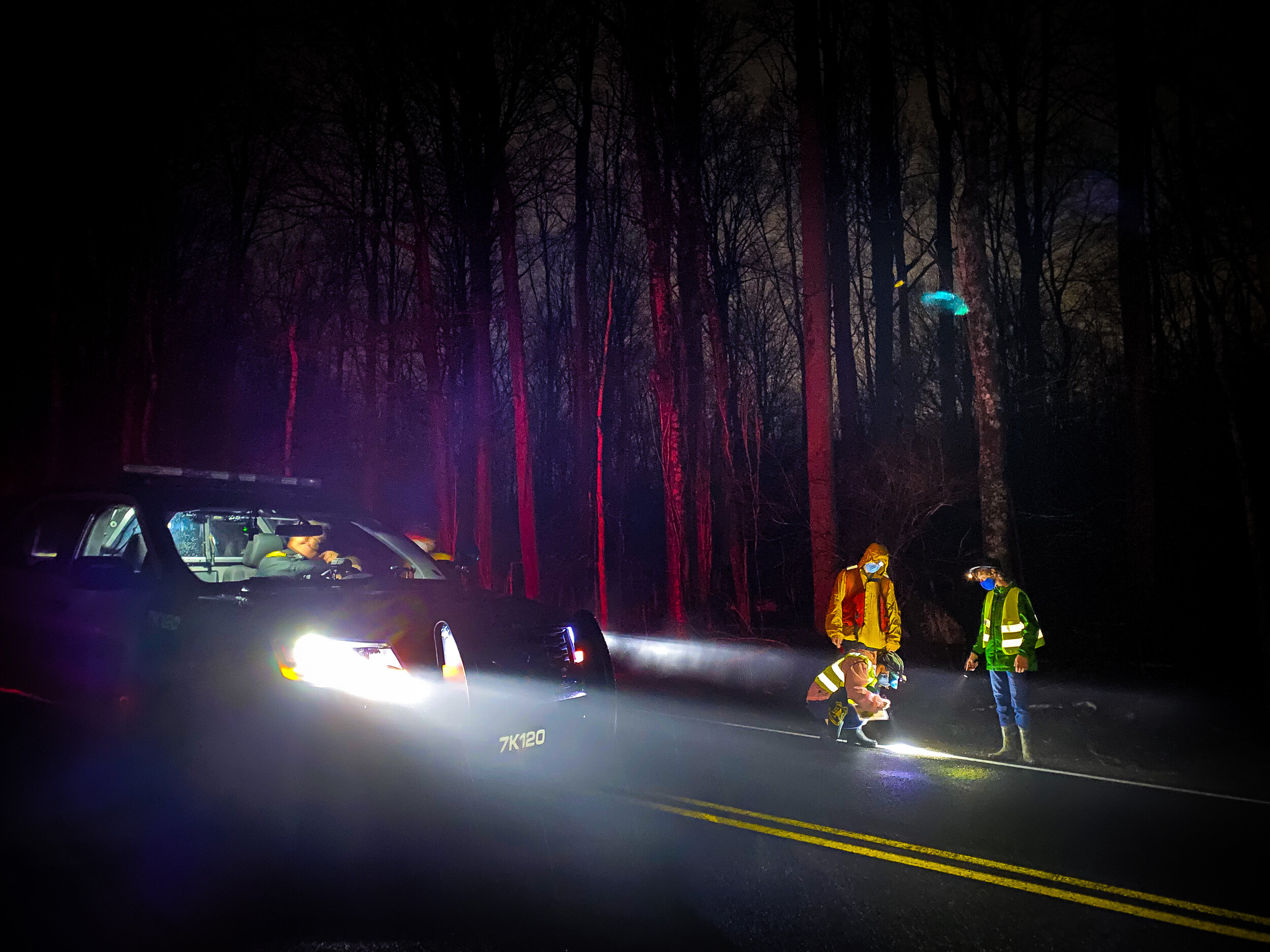
Big Night: Amphibian Migrations
Photo by Dairo Chamorro
Want us to email you with more info?
We’re not the only ones excited for spring.
Be part of this annual effort to track and identify amphibians—and help them safely cross the road to their woodland pools!
This spring 2024, we are hosting a “watch party” of a DEC virtual training. This means you can meet up with us at Village Hall on February 24th and watch the training videos with us and then we’ll have some tabletop activities and Q&A with folks who have participated in years past. If you missed it, not to worry—more resources below!
Sign up to receive local migration alerts. We use a text message-based system called GroupMe. If you don’t want to get exciting texts about migration spots, this may not be for you ;)
Come to our February 24 training at Village Hall or register for a February 22 virtual training that you can do from your own home. Learn how to identify species, move creatures, and get safety tips.
View recorded training presentations on YouTube.
Join the GroupMe chat to coordinate with others and share photos.
Go out with friends when Mother Nature sees fit! Stay safe! More on this below…
Report your data to the DEC by filling out a form describing what you saw and weather and location info.
What is Big Night?
On the first warm, rainy night when conditions are right, you will hear peepers. It’s Big Night! You will head out shortly after sunset and stay as long as you can. Using flashlights, you will watch for and keep count of the amphibians you see, carefully helping them cross safely across the road. Afterwards, you can submit your data to the DEC.
WHEN: The migration is weather dependent. It could happen any time, usually between mid-March and mid-April. Register with us so we can alert you when the conditions are right!
WHY VOLUNTEERING ON BIG NIGHT IS SO IMPORTANT: Each year as winter begins to wind down, salamanders, newts, frogs, and other amphibians who reside in the woods throughout our area are lured from their forest shelters on warm, rainy nights and migrate to woodland pools for breeding. This is known throughout the Northeast as Big Night. Unfortunately, migration pathways often cross roads and long driveways, leading to mortality of these slow-moving creatures, even in low traffic areas.
Amphibians are important links in forest food webs and indicators of healthy, functioning ecosystems. These seldom-seen creatures are declining throughout the world, and in New York, the Department of Environmental Conservation (DEC) has identified several as species of greatest conservation need in the 2015 State Wildlife Action Plan.
Ready, Set…Big Night
HOW TO PREPARE: We aren’t sure when the conditions will be just right, so pack a “go bag”: a backpack with your flashlight, clipboard, pen, forms (printable data collection form and identification cheatsheet. Have it packed and ready to roll when the notification arrives!
SAFETY:
Dress FLASHY! DO NOT wear dark clothing
Bring your headlamps and flashlights
Work in pairs or small groups
We have printed some “Slow Amphibians Xing” signs and will be placing those by some known crossings.
TRAINING:
The Hudson River Estuary Program and Cornell University will be presenting a virtual session to orient new participants of the Amphibian Migrations and Road Crossings Project. RSVP here. The program will include:
an overview of how to volunteer
data collection methods (including a demo showing how to submit data on Survey123)
safety tips
review of commonly asked questions.
Returning volunteers looking for a refresher are also welcome. Note that we recommend all AM&RC volunteers view recorded training presentations on YouTube.
Check out the “Resources for Volunteers” section of the DEC’s Amphibian Migrations and Road Crossings website to read the important information in the Volunteer Handbook, view volunteer training sessions, and find additional resources including safety information and identification help.
Get Involved
SIGN UP: If you are interested in participating in this spring’s first Big Night and further migration nights as an individual or family, sign up here. We will send you links to the information you need to know, and the link to a GroupMe group that you can join to receive text messages on nights when volunteers are going out.
LOCATIONS: Check out the map below and look for vernal pools by road crossings, in addition to the suggested locations below;
Vlei Marsh is an incredibly important natural area in Rhinebeck and now, thanks to Winnakee, it is protected.
Park at Chancellor Livingston School and walk up Knollwood.
Park at Ferncliff Forest and walk up Mt Rutsen.
We’ve marked up a draft map from our Natural Resources Inventory.
Can you find other vernal pools and wetlands where there may be a road crossing?
Map
Background
In 2021, our Big Night was March 24 and the event was a wonderful success! Our Ferncliff Forest and Chancellor Livingston School locations saw a good variety of critters. Astor Drive was mostly just frogs. In 2022, we think the Big Night happened when there was a crazy lightning storm when we weren’t out.
Thank you so all our volunteers who showed up to help track and assist amphibians cross the road. A huge thank you to Carli Fraccarolli from our CSC Task Force for organizing!
A big thanks goes out to the Rhinebeck Police Department and the Village and Town Highway Departments for safety assistance.
